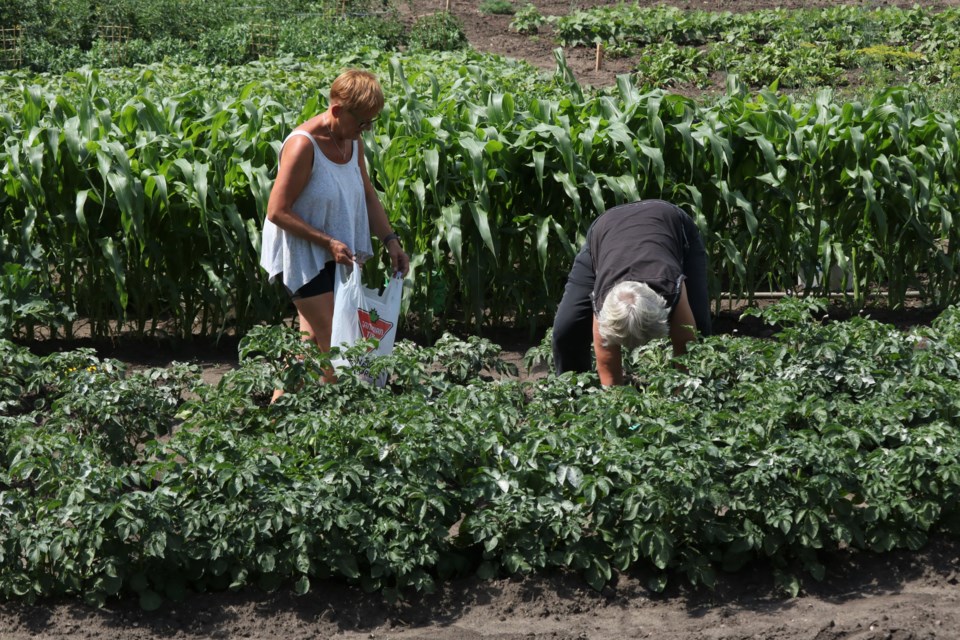YORKTON - Gardeners never stop learning! If we do, we’re on the other side of the daisies! There are all kinds of great courses on offer, online, through the University of Saskatchewan. Visit https://gardening.usask.ca/public-workshops and see what’s coming up. On Tuesday, Jan. 24, at 7:00 PM there will be a session called “Starting Plants Indoors: From Seeds To Seedlings”.
That’s a timely topic for this time of year! I took a number of courses in the last couple years, and they were all wonderful.
One course that was very interesting was in 2021 with Sara Williams, called “Best Urban Trees and Shrubs”. Established yards are the goal of every gardener, and Sara suggested many great ideas for shrubs and trees suitable for yards of all sizes, from smaller city plots to acreages. The session gave me lots to think about in terms of what our own yard currently has or could possibly have in the future.
I take a little garden tour every day. Winter is a fine time to see the bones of our yards, the trees and shrubs without the distraction of foliage. The dogwood branches provide bright slices of color through the snow; the tree peonies, still with brittle bronze and beige leaves, look like fragile sculptures of glass; and the cranberry bunches still hang on the bushes, now sporting little white “toques” of snow on each berry cluster. With our winters being long, it is nice to plant shrubs or grasses that have eye appeal in the winter as well as the summer.
One shrub that has always intrigued me is corylus avellana, aka Harry Lauder’s Walking Stick. Where did such a name come from? I read that once upon a time there was an elderly Scottish comedian named Harry Lauder, and he used a crooked, twisted stick as a walking stick. It’s not clear how he came to be connected to the shrub: maybe his walking stick was more memorable than his jokes! But either way, it is a name that stays in your memory! This unusual shrub, which has the fitting cultivar name “contorta”, is best known for its strange but beautiful twisted stems that look as though they are affected by some sort of plant deformity. They bend and they twist into meandering corkscrew shapes, which would make them a real highlight in a winter garden where leaves won’t hide their unusual beauty!
Harry Lauder’s Walking Stick is a cousin of the hazelnut shrubs. It grows about six to eight feet high and is hardy in zones four to eight. All right; it’s out of our zone. But that doesn’t mean it is necessarily out of our reach as gardeners. Even with a sheltered yard, we might have to make a little extra effort with winter protection, and of course there are no guarantees. But if a plant really catches your interest, why not give it a try? I read that the foliage and the catkins are not the main event with this shrub; it is all about the twisted branches. If we decide to ‘go for it’, the shrub likes well drained soil, and prefers full sun but can tolerate part shade.
I also read that this is a grafted miniature tree; so that would mean that if you and I planted this shrub in our yards, we would have to be diligent about removing any suckers, because they would not have the same growing habit as Harry Lauder.
What do you say—would you give this plant a try, in spite of the growing zones? I know I would. I love plants that are unusual, and I also love plants that look great in the winter. They give us our money’s worth of beauty through every season!
Thank you to our friends at YTW for their great work. Gardeners, check out those online classes and don’t miss a chance to learn something new! Have a great week!






